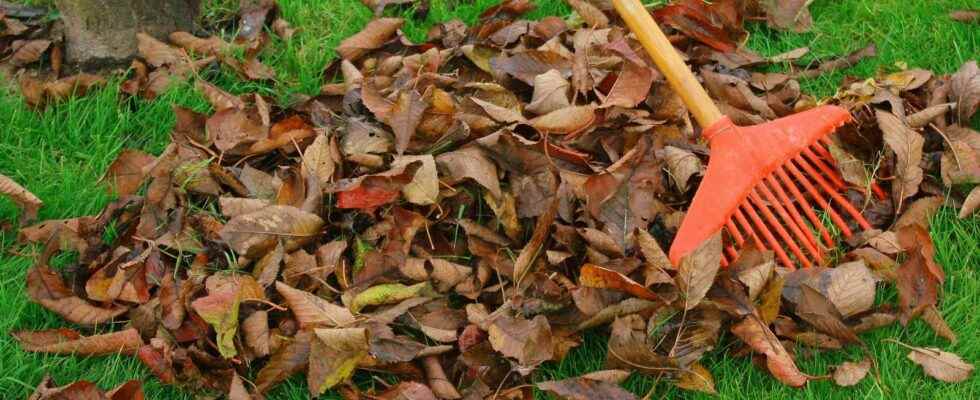With autumn slowly settling in, the dead leaves of the trees are falling in numbers. Use this material to recycle it for the benefit of the whole garden. Do not throw away or burn any more dead leaves because they are a real source of organic matter, free and inestimable.
You will also be interested
[EN VIDÉO] A magnificent timelapse of leaves taking their autumn hue Each fall, the leaves of the trees turn yellow, red or orange hues before falling. This timelapse illustrates in two minutes this slow and sublime evolution seen in macro thanks to 6,000 patiently assembled photographs.
Summer is coming to an end and, with the arrival of thefall, the gardens are gradually covered with dead leaves. Fromtrees, of hedges, shrubs, they are a gold mine for the garden. What to do with the dead leaves that litter the lawn? Why and how to use this natural wealth?
Sort out healthy leaves
Before you even save the leaves from the garden, make sure they are healthy. Do not store diseased leaves that have been infested with parasites or many mushrooms. In this case, burn them (authorization required) or drop them off at the recycling center.
Economical mulching
The dead leaves, once collected, are placed at the foot of hedges or flower beds to nourish the soil and protect certain plants from the cold. They decompose over time and provide organic matter, which will nourish the soil.
For chilly plants, a thick bed 15 to 20 cm thick of dead leaves will protect the stumps and the foot of the plants against the cold, the gel and at frosted.
In the vegetable garden, this plant mulch will help protect last vegetables in place like the leeks and some salads. It will cover the bare soil and protect it against bad weather and leaching, to nourish it in depth, once decomposed using micro-organisms. Avoid using thick leaves (oak, laurel palm) to create a mulch because they tend to decompose more slowly over time. If you only have this type of foliage, pass the mower in late fall to chop them.
A brown material for compost
Either you keep the leaves whole, collected with a rake; either you operate the last mowing in order to collect the waste of leaves and blades of grass. Store this matter in a silo, then use it to feed the composter. By mixing brown and green materials, you will achieve quality compost, a real amendment for plants. Stored in the silo, they will form a rich leaf compost to strengthen the various plants in the garden, balcony or terrace.
An effective weedkiller …
Making a mulch with dead leaves helps limit the presence of weeds. Once spread to a thickness of 10 to 20 cm, the leaves will create a mattress who will not let go light and this darkness will stop the development of weeds. Stop the drudgery of weeding !
… A refuge and a lodge for wildlife
Get in the habit of leaving piles of leaves at the bottom of the garden so that the wildlife and the insects can create shelters. You will be able to welcome a Hedgehog, ally of the gardener. Many insects, more or less tiny, feed on the dead leaves. Snails, earthworms, beetles or other woodlice feast on this plant waste. Do not deprive them of it!
Interested in what you just read?
.
fs10
